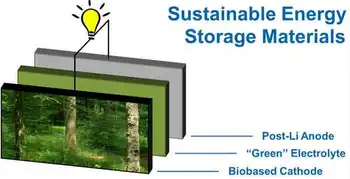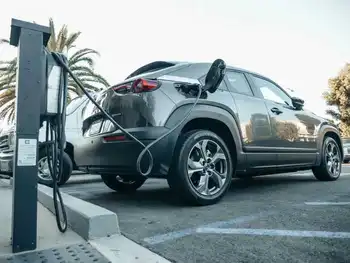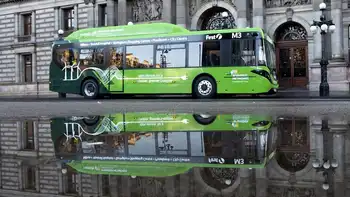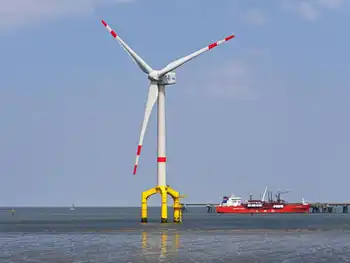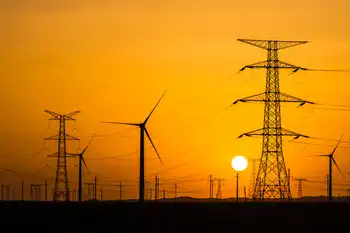GE to create 300 new jobs at French offshore wind blade factory

NFPA 70e Training - Arc Flash
Our customized live online or in‑person group training can be delivered to your staff at your location.

- Live Online
- 6 hours Instructor-led
- Group Training Available
LM Wind Power Cherbourg Recruitment 2021 targets 300 new hires for offshore wind manufacturing, wind turbine blade production, Haliade-X components, and operations in France, with Center of Excellence training and second 107-meter blade mold expansion.
Key Points
A hiring drive to add 300 staff for offshore wind blade manufacturing in Cherbourg, with Center of Excellence training.
✅ 300 hires to scale offshore wind blade production
✅ 6-week Center of Excellence training for all recruits
✅ Second 107-meter blade mold boosts capacity
GE Renewable Energy plans to recruit 300 employees in 2021 at its LM Wind Power wind turbine blade factory in Cherbourg, France / Opened almost three years ago in April 2018, the factory today counts more than 450 employees / Every new hire will go through an intensive training program at the factory's ‘Center of Excellence' to learn wind turbine blade manufacturing processes / Site has produced the first offshore wind turbine blade longer than 100 meters, 107-meters long / Second 107-meter blade manufacturing mold is being installed at the plant today
GE Renewable Energy announced today its plan to recruit 300 employees at its LM Wind Power wind turbine blade manufacturing site in Cherbourg, France, in 2021. Every new hire will go through an intensive training program at the factory's ‘Center of Excellence' to learn wind turbine blade manufacturing processes supporting offshore wind energy growth in Europe. The expanded production workforce will allow LM Wind Power to meet the growing industry demand for offshore wind equipment, including emerging offshore green hydrogen applications across the sector.
The factory currently has more than 450 employees, with 34 percent being women. The facility became the first wind turbine blade manufacturing site in France when it was opened almost three years ago in April 2018, while Spanish wind factories faced temporary closures due to COVID-19 restrictions.
The facility has produced the first offshore wind turbine blade longer than 100 meters, a 107-meters long blade that will be used in GE’s Haliade-X offshore wind turbine. A second 107-meter blade manufacturing mold is currently being installed at the plant to support growing project pipelines like those planned off Massachusetts' South Coast in the U.S.
Florence Martinez Flores, the site’s Human Resources Director, said: "The arrival of the second mold within the factory marks an increased activity for LM Wind Power in Cherbourg, and we are happy to welcome a large wave of new employees, allowing us to participate in social development and create more jobs in the surrounding community, but also to bring new skills to the region."
Recent investments such as EDF Irish offshore wind stake news underscore the broader market momentum.
The Cherbourg team is mostly looking to expand its production workforce, with positions that are open to all profiles and backgrounds. Every new employee will be trained to manufacture wind turbine blades through LM Wind Power's ‘Center of Excellence' training program – a six-week theoretical and practical training course, which will develop the skills and technical expertise required to produce high-quality wind turbine blades and support wind turbine operations and maintenance across the industry. The site will also be looking for production supervisors, quality controllers and maintenance technicians.






